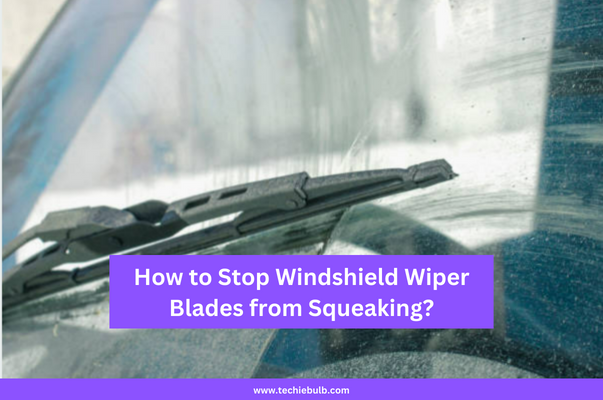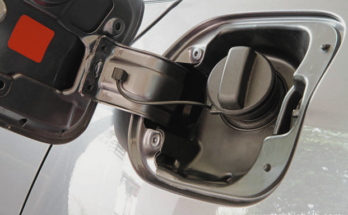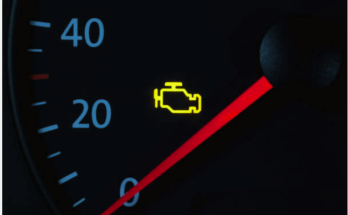Dealing with the incessant squeaking of windshield wiper blades can turn a smooth drive into an irritating experience.
The high-pitched noise, often caused by friction between the wiper blades and the windshield, not only disrupts your peace but may also signal underlying issues.
Our guide will explore the common reasons behind windshield wiper squeaking and provide practical solutions to silence those unwelcome sounds.
Say goodbye to the annoyance and regain the tranquility of your drives by addressing the root causes of windshield wiper squeaks with our step-by-step guide.
The main cause of windscreen wiper squeaking is the friction between the wiper blades and the windshield. Factors such as dirt, debris, and environmental elements contribute to this friction, causing the annoying squeaking sound during operation.
Additionally, exposure to sunlight and harsh weather conditions can lead to the hardening of the rubber, further intensifying the friction.
Identifying and addressing these issues through proper maintenance and timely replacements are key to eliminating windscreen wiper squeaking.
Why is my Windscreen Wiper Squeaking?
Windscreen wiper squeaking can be attributed to various factors that affect the smooth interaction between the wiper blades and the windshield. Understanding the common causes behind this irritation is crucial for effective troubleshooting. Here are some prevalent factors contributing to windscreen wiper squeaking:
- Worn or Damaged Wiper Blades: Over time, the rubber on wiper blades undergoes wear and tear due to constant exposure to the elements and regular use. As the rubber deteriorates, it loses its flexibility, leading to increased friction and squeaking.
- Accumulated Dirt and Debris: Dirt, grime, and debris can accumulate on the surface of wiper blades, creating friction during operation and resulting in squeaking noises.
- Dry Windshield: Activating wipers on a dry windshield can lead to increased friction and squeaking as the blades move across the surface without proper lubrication.
- Hardened Wiper Blade Rubber: Prolonged exposure to sunlight and harsh weather conditions can cause the rubber on wiper blades to harden, reducing flexibility and increasing noise.
- Misaligned Wiper Blades: Wiper blades that are misaligned or not sitting flush against the windshield can create uneven pressure, resulting in squeaking.
- Old Windshield Wiper Fluid: Stale or old windshield washer fluid may not provide sufficient lubrication, leading to increased friction and squeaking.
- Rubber Stiffness in Cold Weather: In colder temperatures, wiper blade rubber can become stiff, reducing its ability to glide smoothly over the windshield.
- Poor Wiper Arm Tension: Insufficient or excessive tension on the wiper arms can lead to uneven pressure on the windshield, causing squeaks.
- Using the Wrong Wiper Blade Size: Incorrectly sized wiper blades may not provide uniform pressure across the windshield, leading to squeaking.
- Harsh Driving Conditions: Driving in severe weather conditions, such as heavy rain, snow, or ice, can strain wiper blades and contribute to squeaking.
- Lack of Regular Maintenance: Neglecting routine maintenance, including cleaning and inspecting wiper blades, can result in performance issues and squeaking.
How to stop the Windshield Wiper squeaking?
Resolving the common causes of windshield wiper squeaking is essential for maintaining a quiet and efficient driving experience. In this comprehensive guide, we will explain each step to help you tackle the root causes of wiper noise and restore tranquility to your journeys.
Thorough Cleaning:
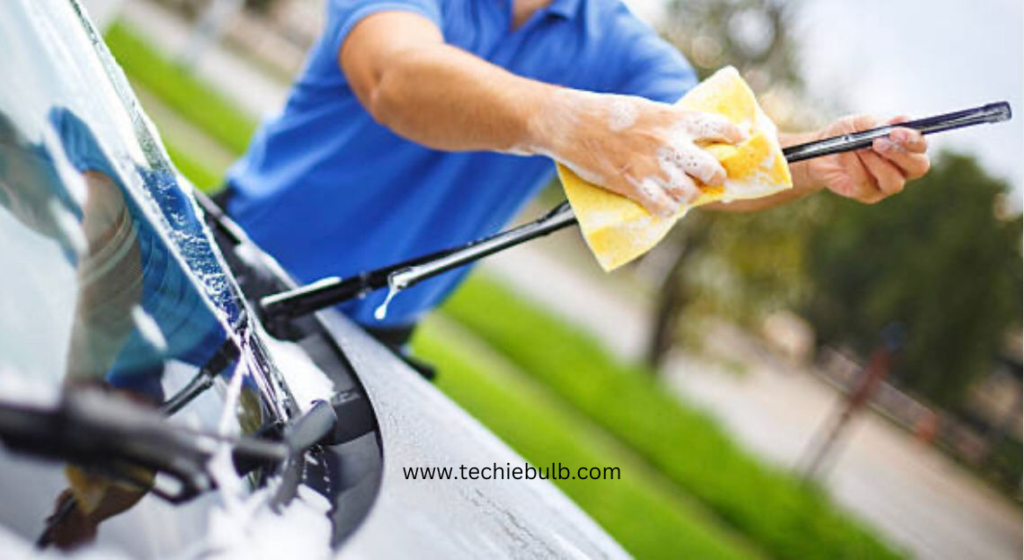
- Lift the Wiper Blades: Begin by lifting the wiper blades away from the windshield. This allows easier access for a thorough cleaning of the entire length of the blades.
- Use a Mixture of Warm Water and Mild Detergent: Prepare a solution of warm water and mild detergent. Dip a clean cloth or sponge into the mixture, ensuring it is well-soaked for effective cleaning.
- Clean All Parts of the Blades: Wipe along the length of each wiper blade, paying attention to the edges and corners where dirt and debris tend to accumulate. This step removes built-up grime that contributes to squeaking.
- Rinse with Clean Water: After wiping, rinse the blades with clean water to eliminate any soap residue. Ensuring a residue-free surface is crucial to preventing streaking during wiper operation.
- Dry Thoroughly: Using a dry cloth, thoroughly dry the wiper blades. This prevents water spots and ensures optimal contact with the windshield.
Inspect for Damage:
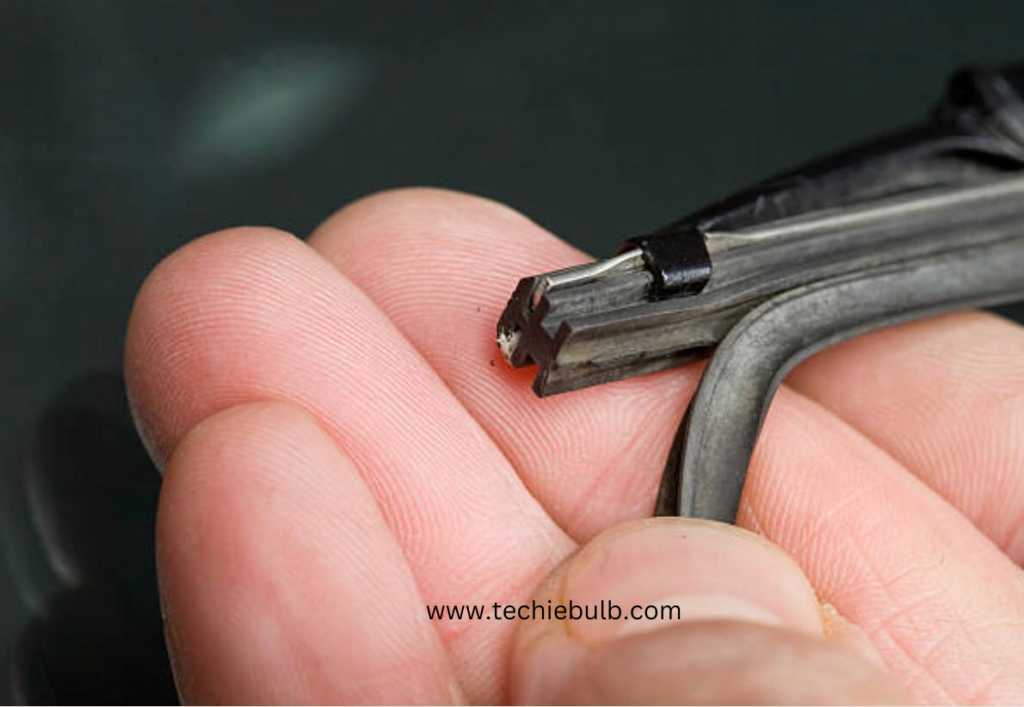
- Examine the Rubber Component: Regularly inspect the rubber component of the wiper blades for signs of damage. Look for cracks, tears, or uneven wear. Damaged blades are more likely to produce squeaks during operation.
- Check for Misaligned or Bent Frames: Inspect the frame or structure of the wiper blades. Misaligned or bent frames can result in uneven pressure on the windshield, causing noise. Ensure that the blades sit flush against the windshield when in the resting position.
- Address Visible Issues Promptly: If any issues are identified during the inspection, address them promptly. Timely attention to damage prevents further deterioration and ensures the effectiveness of the wiper blades.
Rubber Conditioner or Silicone Spray:
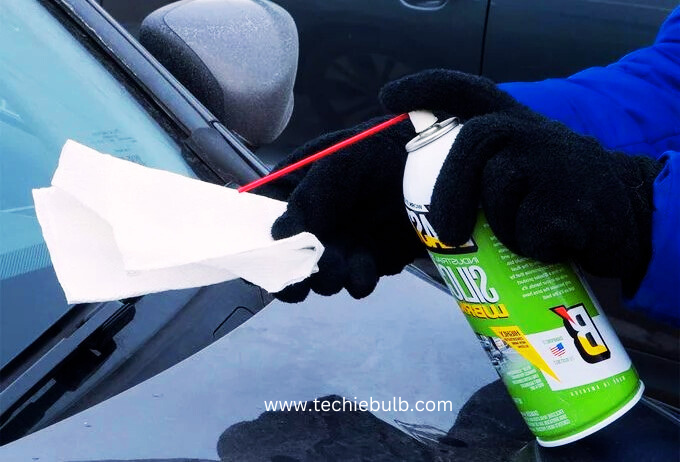
- Lift the Wiper Blades: Lift the wiper blades away from the windshield to facilitate easy access for applying the rubber conditioner or silicone spray.
- Choose the Right Product: Select a high-quality rubber conditioner or silicone spray designed for wiper blades. These products are formulated to restore flexibility without causing damage.
- Even Application: Spray the rubber conditioner or silicone spray along the length of each wiper blade. Ensure even coverage, paying attention to any areas that may need extra attention.
- Allow Absorption Time: Allow the conditioner or spray to absorb into the rubber for a few minutes. This step ensures optimal penetration and restoration of flexibility, reducing friction.
- Wipe Excess: After absorption, use a clean, dry cloth to wipe away any excess conditioner or spray. This prevents potential streaking on the windshield during wiper operation.
Use Rubbing Alcohol:

- Lift the Wiper Blades: Raise the wiper blades away from the windshield to provide easy access for the rubbing alcohol application.
- Gather Materials: You’ll need rubbing alcohol, a clean cloth or paper towel, and possibly cotton swabs for detailed cleaning.
- Apply Rubbing Alcohol: Dampen a cloth or paper towel with rubbing alcohol and run it along the length of each wiper blade. This helps remove residue and enhances the grip of the blades on the windshield.
- Detail with Cotton Swabs: For hard-to-reach areas or intricate parts of the wiper blades, use cotton swabs dipped in rubbing alcohol. This allows for detailed cleaning, removing any stubborn residue.
- Allow to Dry: After cleaning, allow the wiper blades to air dry. This ensures that the rubbing alcohol effectively evaporates, leaving the blades clean and residue-free.
Avoid Dry Wiping:
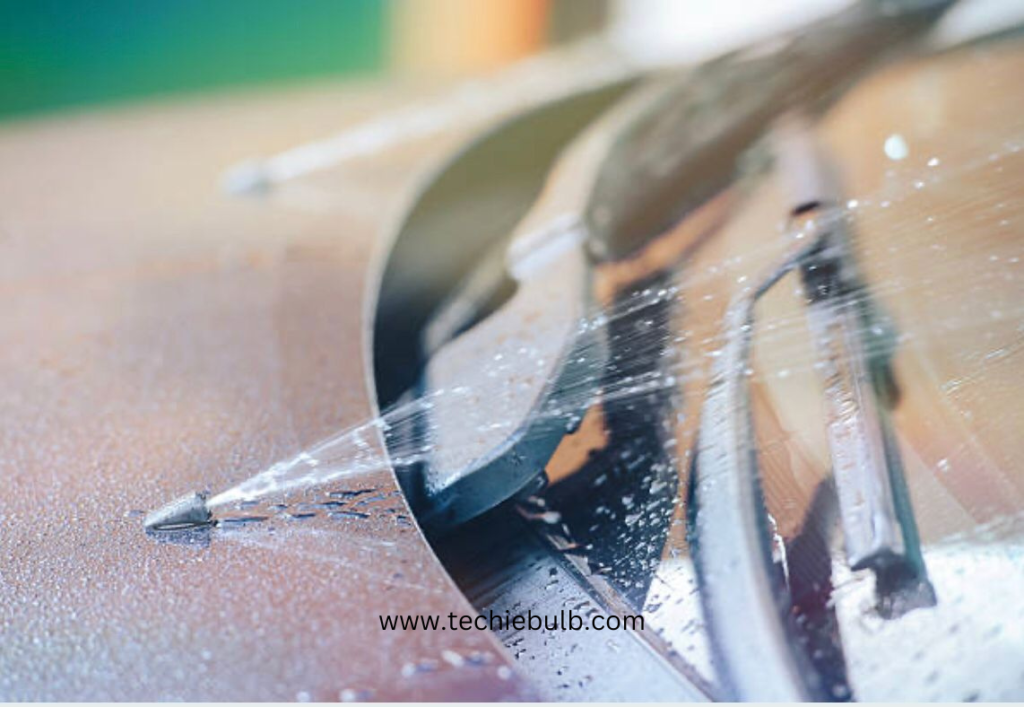
- Ensure Windshield Wetness: Before activating the wipers, ensure that your windshield is adequately wet. Dry wiping increases friction and can lead to annoying squeaks.
- Minimize Use on Dry Windshields: Avoid using the wipers on a dry windshield whenever possible. This simple practice minimizes friction and noise during operation.
Replace Worn Blades:

- Check Manufacturer Recommendations: Refer to your vehicle’s manual or the manufacturer’s recommendations for the expected lifespan of wiper blades. This information provides guidance on when replacement may be necessary.
- Monitor Performance: Pay attention to the performance of your wiper blades. Streaking, skipping, or reduced visibility are signs that the blades are no longer effectively clearing the windshield.
- Inspect Rubber Integrity: Regularly inspect the rubber component of the wiper blades for signs of wear and tear. Cracks, tears, or a brittle texture indicate that replacement is imminent.
- Evaluate Blade Flexibility: Flexible wiper blades conform to the curvature of the windshield, ensuring optimal contact. If the blades feel stiff or fail to maintain contact, it’s a clear indication that replacement is necessary.
- Look for Inconsistencies: Inconsistencies in wiping patterns, such as missed spots or uneven coverage, suggest that the blades are no longer functioning efficiently. Evaluate the performance of each blade to identify potential issues.
- Replace Promptly: If any of these signs are present, replace the worn blades promptly. Installing new, high-quality blades ensures optimal wiping performance and reduces the likelihood of squeaking.
Proper Tension Adjustment:
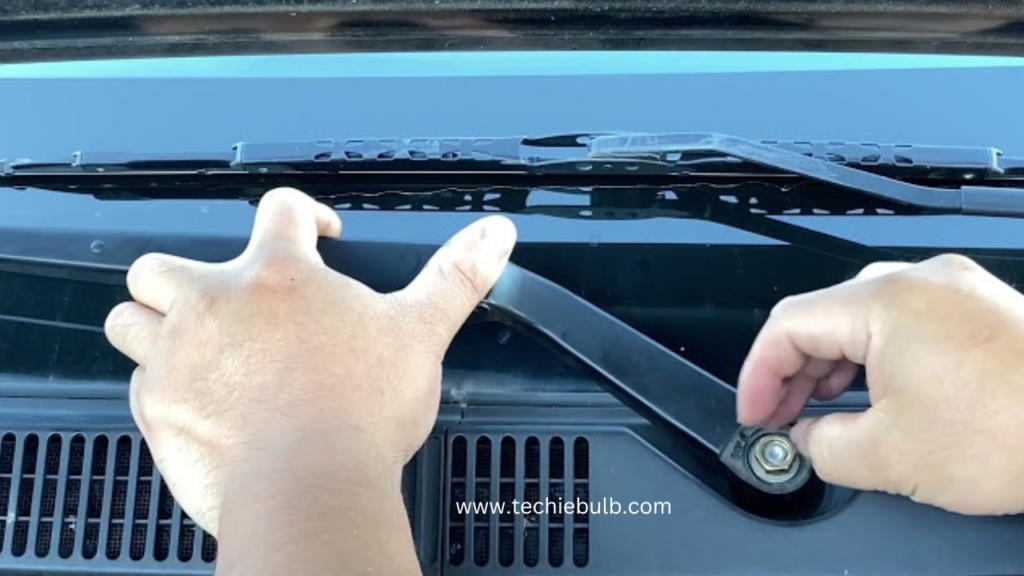
- Consult Your Vehicle’s Manual: Refer to your vehicle’s manual for instructions on adjusting wiper arm tension. Proper tension ensures even pressure across the windshield, minimizing noise.
Protect from Sunlight:
- Park in the Shade: Park your vehicle in the shade whenever possible. Prolonged exposure to direct sunlight can lead to the hardening of the rubber on wiper blades, contributing to squeaking.
- Use Sunshades: Use sunshades when parking to shield wiper blades from harsh UV rays. This preventive measure helps maintain the flexibility of the rubber.
High-Quality Products:
- Choose Reputable Products: Opt for reputable rubber conditioners and silicone sprays specifically designed for wiper blades. Using the right products enhances their performance and extends their lifespan.
Mindful Driving Practices:
- Avoid Unnecessary Wiping: Avoid using wipers unnecessarily, especially on a dry windshield. Only activate them when needed to reduce wear and tear.
- Exercise Caution in Extreme Weather: Exercise caution in extreme weather conditions. Heavy snow or ice can strain the wiper blades, leading to squeaking. Clear any debris before activating the wipers.
Periodic Maintenance:
- Incorporate Into Routine Care: Make wiper blade maintenance a regular part of your routine car care. Periodic attention to cleaning, inspection, and conditioning prevents and addresses squeaking effectively.
Conclusion
By following these steps diligently, you can resolve the common causes of windshield wiper squeaking and enjoy a quieter, more pleasant driving experience. Remember that proactive maintenance is key to ensuring the longevity and optimal performance of your wiper blades. Happy driving!

